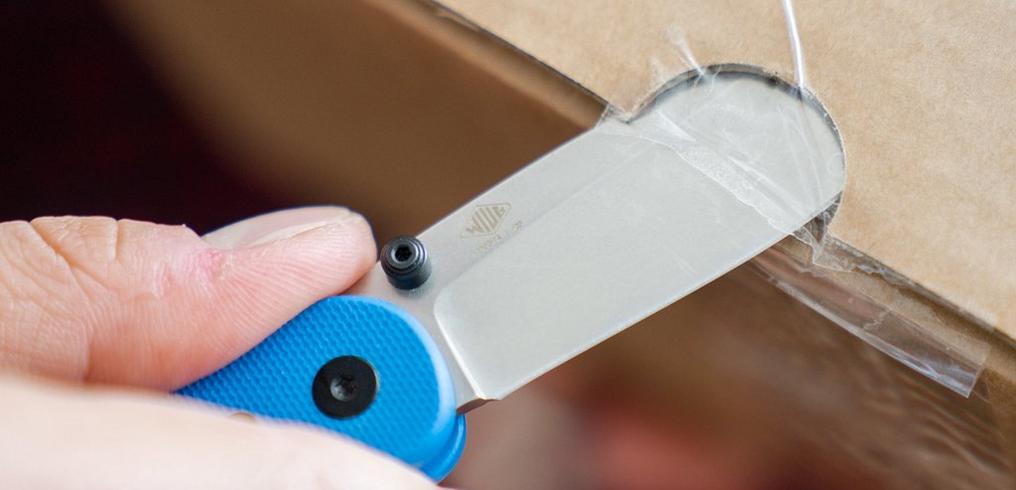ESEE Izula Expert review: durable, attractive and highly functional
Bushcraft enthusiast Padraig Croke has been using the ESEE Izula for many years. He’s the perfect person to tell us about his long term experiences with the ESEE Izula in this Expert Review.
I have had the Izula II for a number of years now, and it has become a really solid part of my kit. At 4mm thick and with a comfortable 4 inch handle, it’s a lot more knife than it first appears. The Izula II was my first “non traditional” bushcraft knife. Having only dealt with scandi grinds up to that point, the Izula was my first introduction to a flat grind blade and ultimately led to a love affair with ESEE knives.
Why carry a companion blade?
Often times, when packing for a trip or a day hike the choice of tools comes down to the pairing of certain combinations. For example, if I was to take my Morakniv Garberg Carbon blade with me, a perfect companion to this could be a simple Mora 106 carving blade, or my Eldris, which is stainless. The question I ask myself is, what am I doubling up on here? Is there a reason I would choose to carry this blade over that one, and what do I plan to do when I’m out? Is it a craft based camp, or am I just going for a hike and some lunch? What type of woodland am I going to and what type of tools are going to be needed to process wood. If I was in a coniferous woodland for example, then maybe I would not need a heavy processing tool like an axe with me, as a saw and a large belt knife would maybe prove more effective. My small tinder and kindling sources in a woodland like that are most likely going to be processed by hand, gathering bundles of resinous branches off the forest floor or between the crooks of the trees. Or if my material is marginal… some light batoning and feathersticking. Carrying a larger knife in this instance would make sense, as the lack of an axe might limit your options, should you need to process something larger or split logs down. On the other hand, a broadleaf forest will consist of harder, denser woods that will burn much longer but will require larger tools to process it, such as a bow saw and a hatchet or small axe. In that case, the carrying of a hatchet would mitigate the need to carry a larger knife.
When it comes to carrying a companion blade or “neck knife”, I have found the ESEE Izula II finding its way into my kit on almost every trip since I’ve bought it, about two years ago, becoming one of my most beloved tools to carry. Paired with a larger knife, such as my Fällkniven S1X or ESEE PR4, the Izula can really deal with the more nimble of tasks required of a blade in the field. Food processing is a little tricky, due to the thickness of the blade, but ferro rod striking, notching and carving, and cutting cordage are tasks I regularly assign to the Izula II. Of course we all love our primary belt knives, but in reality I have found when I carry a neck knife like the Izula II, it’s often more than enough to tackle basic camp chores.
The Izula II in use
There are a few reasons why this knife finds its way into my kit over others. Firstly, I find the amount of steel available to you when using it, is a lot more than other companion blades I’ve used in the past. The 4mm thick blade is a sturdy little piece of steel, and the chunky jimping on the spine gives plenty of purchase available for the hand. The micarta handles are another reason why this knife seems to punch above its weight. They offer fantastic grip and control, even while wearing gloves, and the extra length, even compared to the original Izula, makes it feel like a real knife in your hand, and not a toy. Over the years of use, the once bright micarta handles of my Izula have taken on a dark, tarnished look, which I personally really like. ESEE knives should look used in my opinion… and there is no doubt that this one has seen its fair share.
I have heard that people really like to push this knife, even as far as batoning with it. In practice, yes this is totally possible, as you can see from the photos. Within reason of what would be expected of something this size. It’s possible for me to take the Izula with me on a Sunday hike and process some light fuel for my pocket stove to get a brew on. I would give a word of advice though, and that is batoning with a knife this small can easily lead to batoning fingers accidentally… so be careful, should you choose to use it in this way. A neck knife or companion blade is there for your more intricate and simpler tasks, when the belt knife doesn’t need to be drawn, or if you choose not to carry a big knife, when for example you are on a morning hike, as mentioned above. With that in mind, the functionality of the Izula I am talking about here are tasks such as feathersticking, ferro striking, notching and light fuel processing, all of which the Izula excels at.
Modifications
For me there were aspects of the knife that I felt I could modify for it to serve better as a useful tool for my own needs. The beautiful thing about the Izula, or any ESEE I’ve owned for that matter, is that they really do feel like workhorse tools! I’ve never been afraid to push an ESEE blade. Or to make modifications to it that would, in most cases with any other knife company, render the tool void of its warranty. In fact ESEE pride themselves on their ‘no questions asked’ warranty policy. Check out this blog post of theirs, where they talk about some of the blades that have been sent to them that have been replaced with no questions asked.
The Powder Coating and Spine
Due to the fact that ESEE use 1095, which is a high carbon steel, their blades are always going to be more susceptible to the elements in comparison to a stainless steel. Salty air near the sea or normal damp and humid conditions will rust 1095 quite quickly. ESEE’s solution to this is a high quality powder coating, which is a perfectly good method of protecting the steel from these issues. I have also heard that this serves to dull the sheen or reflection of the blade, particularly useful for low visibility requirements, such as for military personnel.
Although I do live in Ireland, which is famous for its wet weather (they didn’t lie) I have usually been careful enough with my blades so as to ensure they were dry when being placed back in their sheath. Best practice with knife work means that, if your knife is not in your hand, it should be in its sheath. The Izulas sheath, is a dense polymer that will not retain water or moisture like a leather sheath will, leading to a potentially damp environment where it lives 90% of its life. With a few exceptions, I’ve never had a blade rust on me, and as such, I felt that the blade would be more useful to me if I could use the spine to strike a ferrocerium rod. So I have stripped the coating using a paint and epoxy removal foam spray. This left quite an unintentional but attractive grey colour to my blade, while the serial number and logo are still visible. With the coating removed, I found the spine still unusable with a ferro rod. As such, the next step in this process was to file the spine down to a 90 degree edge. This was simply done by clamping the knife and removing a layer of metal using a file. With a bit of patience and work, it wasn’t too long before my Izula was showering sparks. Due to the high carbon steel, you could also catch a spark by striking it with some flint if you were so inclined.
Replacing the Sheath
I really love the sheath that comes with the Izula. Its super solid, snug, compact and simple, and allows for multiple mounting options. A simple clip on the back allows for belt carry, as well as holes that are useful for paracord. I opted to use the top hole with a leather cord as a neck carry option for a long time. However, I found in this orientation it was a little tricky to unsheath with one hand. I upgraded to an Armatus Carry sheath, which, in my opinion are one of the best sheath makers on the market at the moment. They offer a huge range of folded kydex sheaths for some of the most popular knife models out there, and their range seems to be growing. I chose an orange one, as I felt it would lend itself to high visibility when in the woods, particularly because the Izula scales are so neutral in colour, the original black sheath makes it quite difficult to spot, should you accidentally leave it down. The orientation of the pull the dot snaps on the mil spec loops make this an extremely sturdy option, and there is no way you will lose it, when clipped to your belt. I usually like to carry it cross draw, allowing for easy access, and the shape allows for a thumb push to release the knife one handed when working on the forest floor. The addition of the loop also allows me to carry my Exotac or ferro rod, making it a compact little cutting and combustion package all in one.
Summary
There is a reason my Izula has stuck around while many other tools I have tried over the years have fallen to the wayside. It’s a durable, attractive and highly functional blade, that costs next to nothing in terms of weight on my person or in my pack. It will usually fit in my possibles pouch or in the top pocket of my pack and left there until it’s needed. Here in Ireland, people do not tend to carry EDC knives, but if I were to carry, I believe the Izula would be a solid contender. It’s light and unassuming.
You may be able to get a cheaper companion blade like the Morakniv Eldris, and that will serve you perfectly well. Personally I feel that the Izula is just that little bit more knife for your buck. It’s thicker, sturdier and feels like a proper full-tang tool in your hand. The drop point and handles make it a balanced little option, with fantastic grip and indexing, there is not much I wouldn’t entrust my Izula to. On top of that, combined with the no questions asked warranty from ESEE and an Armatus Carry sheath, it’s going to serve you with little fear of letting you down when it’s needed the most. Quite simply a fantastic tool to have in your kit.
On a final note, one of the main reasons why I almost always carry this blade, is aesthetically this blade just looks beautiful. The rugged design of a classic ESEE blade, the oversized lanyard hole in the back designed for a carabiner, the chunky jimping and drop of the blade. It’s just fun to use! Arguably, this is sometimes neglected or not spoken about in knife articles, where we instead rationalise and fetishize over the numbers (myself included). But when you are out there using the tools or equipment, are you really thinking about the fact that it’s made from 1095? In some instances you absolutely will be, and a carbon blade has many advantages. My point is, I believe one of the most important factors in what tools we choose to keep or sell on is that enjoyability factor. You want to use it, and you want to get outside so you have an excuse to use it! For me the ESEE Izula has that effect.
Padraig Croke
Padraig Croke is the host of the outdoors podcast Trial by Fire, which ran from 2018-2023. A graphic designer and photographer by day, as well as an avid outdoorsman and bushcraft enthusiast, when he's not writing for us he's usually out in the field making film or taking photographs.

You can find his work at www.padraig.me or by following him on instagram @padraigcroke
Thanks, Padraig, for this awesome review!
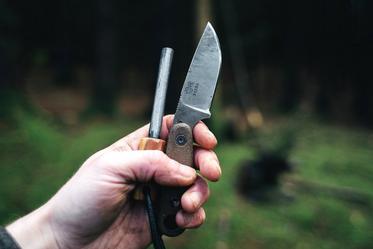

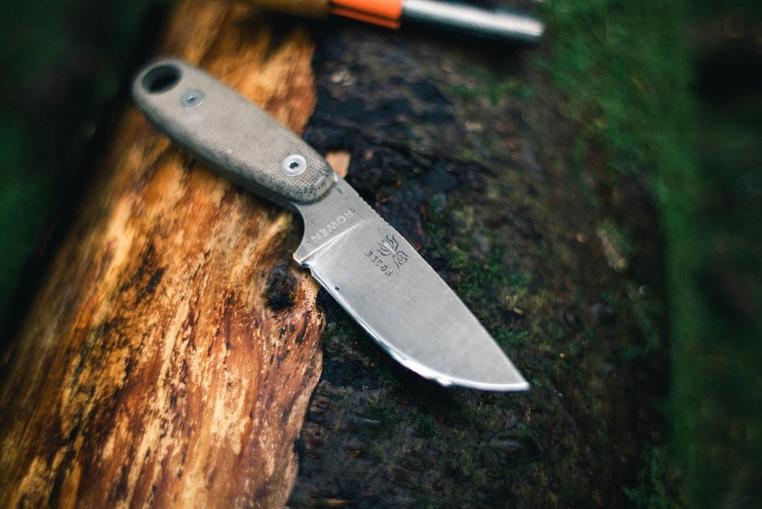
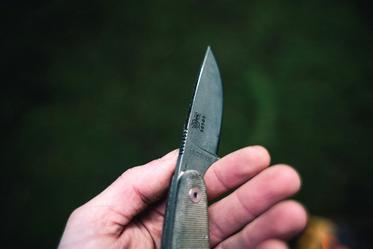
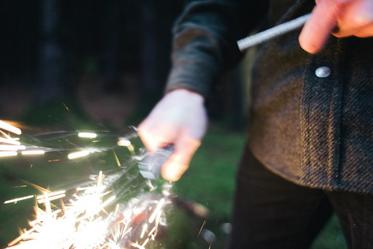
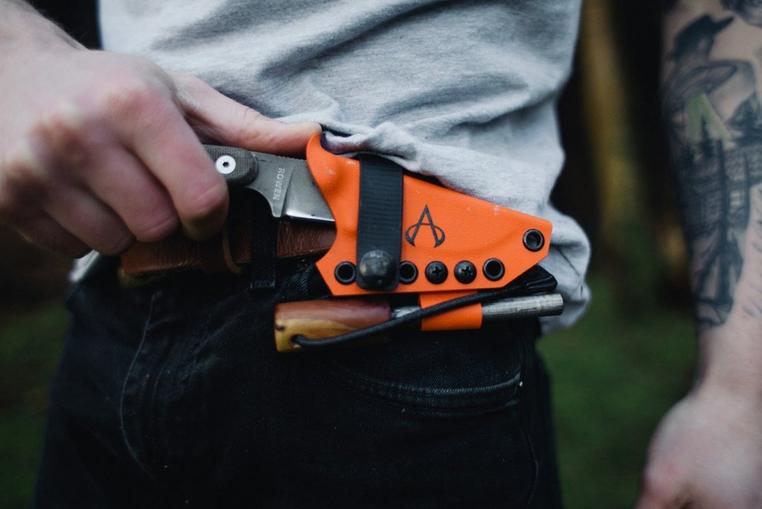
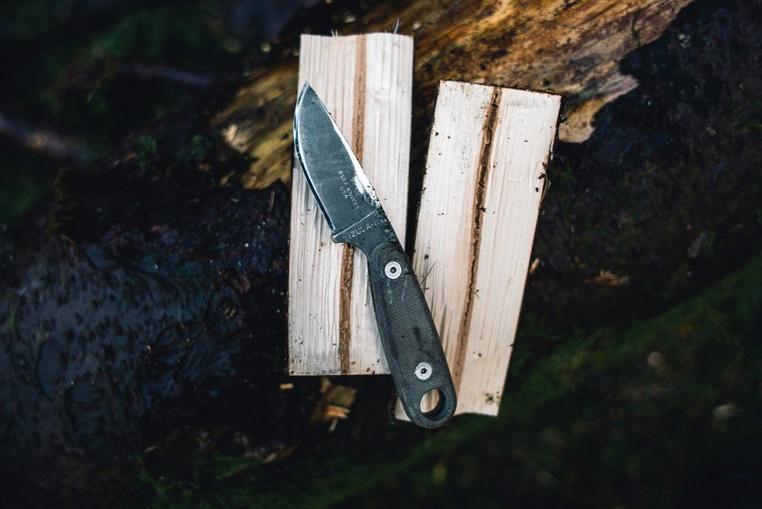





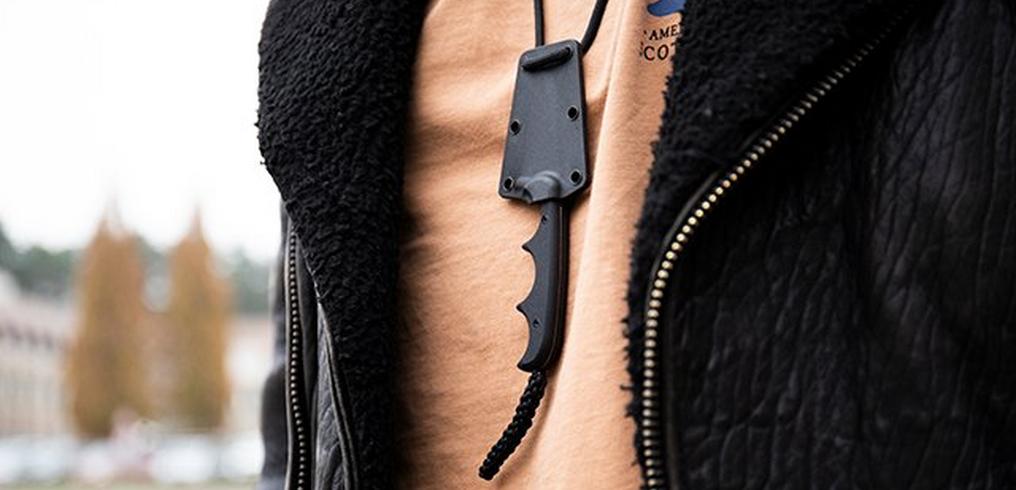

?%24center=center&%24poi=poi&%24product-image%24=&fmt=auto&h=490&poi=%7B%24this.metadata.pointOfInterest.x%7D%2C%7B%24this.metadata.pointOfInterest.y%7D%2C%7B%24this.metadata.pointOfInterest.w%7D%2C%7B%24this.metadata.pointOfInterest.h%7D&scaleFit=%7B%28%24this.metadata.pointOfInterest%29%3F%24poi%3A%24center%7D&sm=c&w=1016)

?%24center=center&%24poi=poi&%24product-image%24=&fmt=auto&h=490&poi=%7B%24this.metadata.pointOfInterest.x%7D%2C%7B%24this.metadata.pointOfInterest.y%7D%2C%7B%24this.metadata.pointOfInterest.w%7D%2C%7B%24this.metadata.pointOfInterest.h%7D&scaleFit=%7B%28%24this.metadata.pointOfInterest%29%3F%24poi%3A%24center%7D&sm=c&w=1016)

